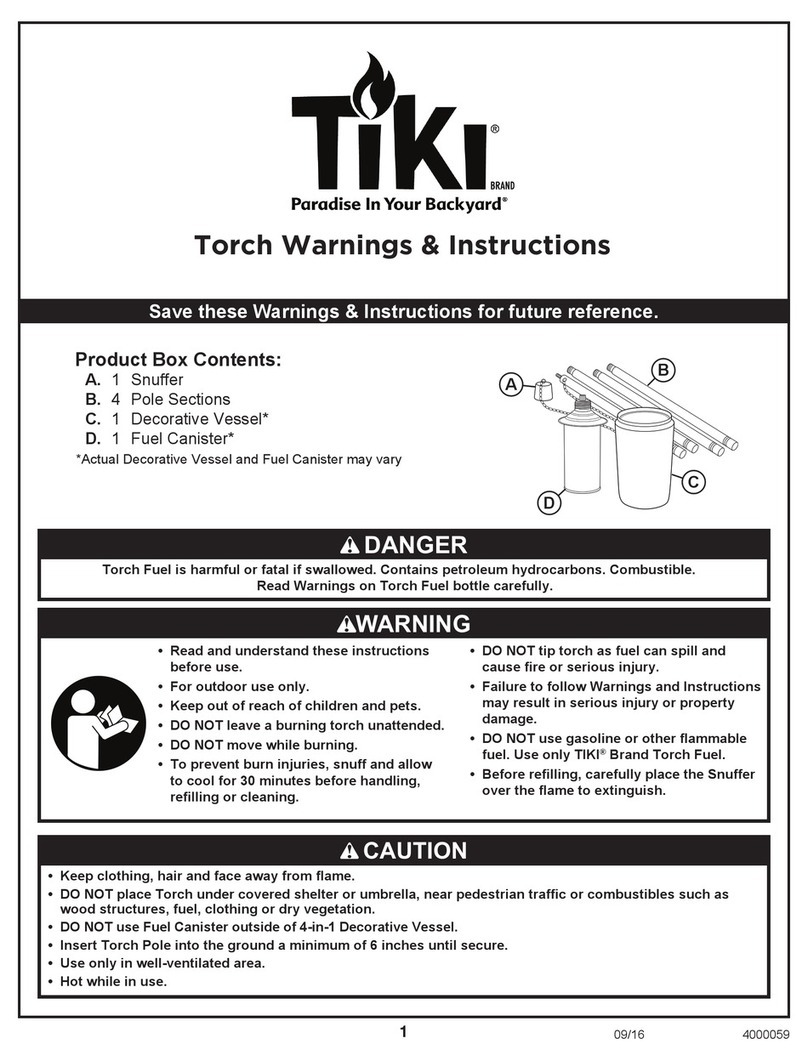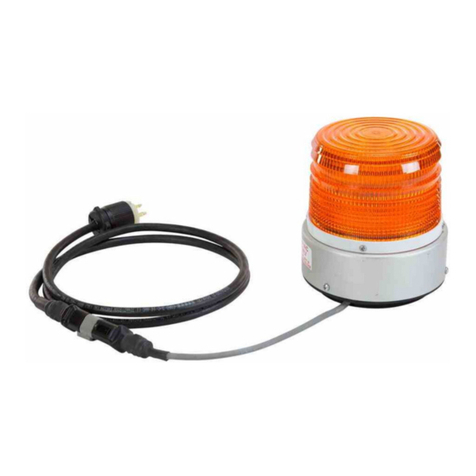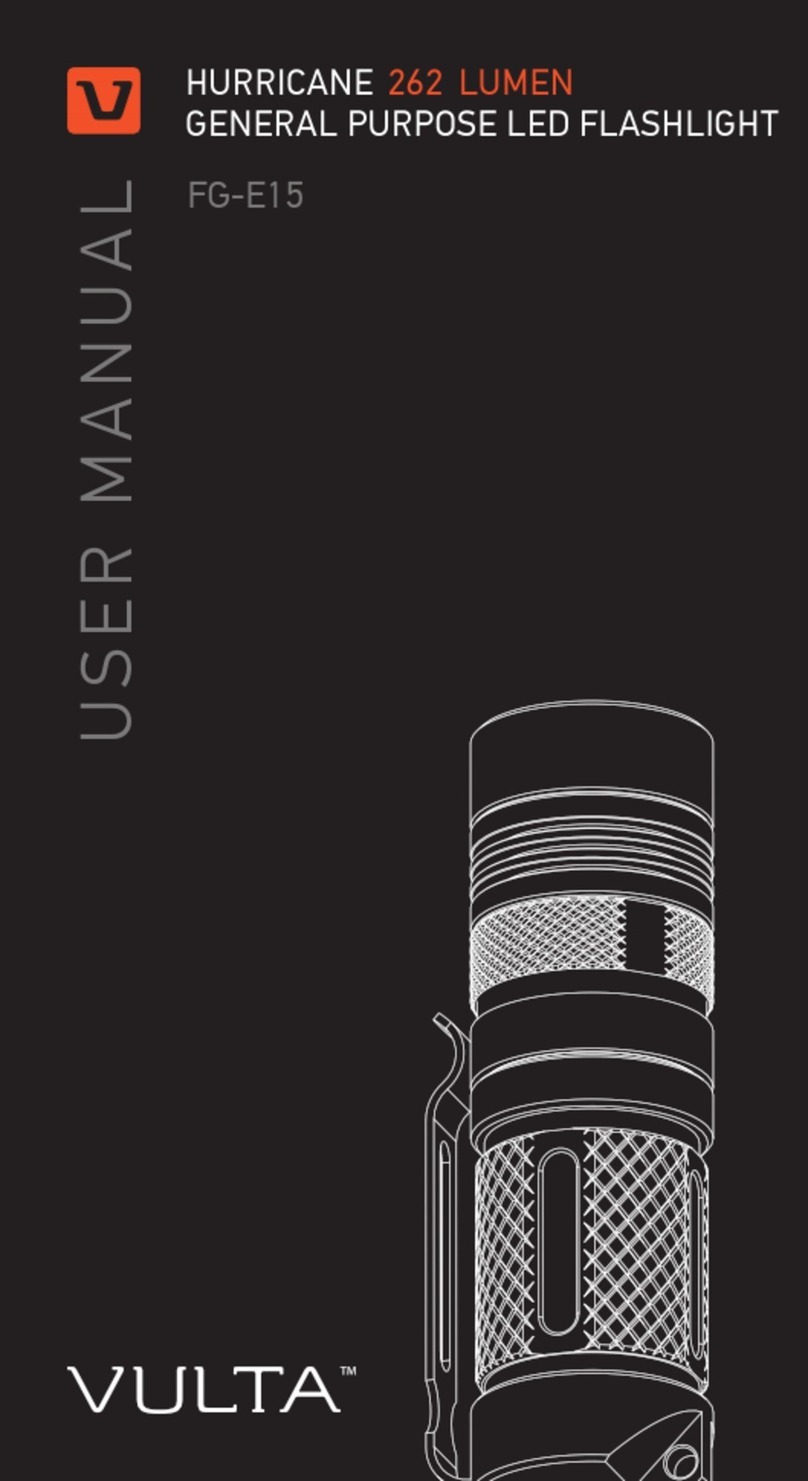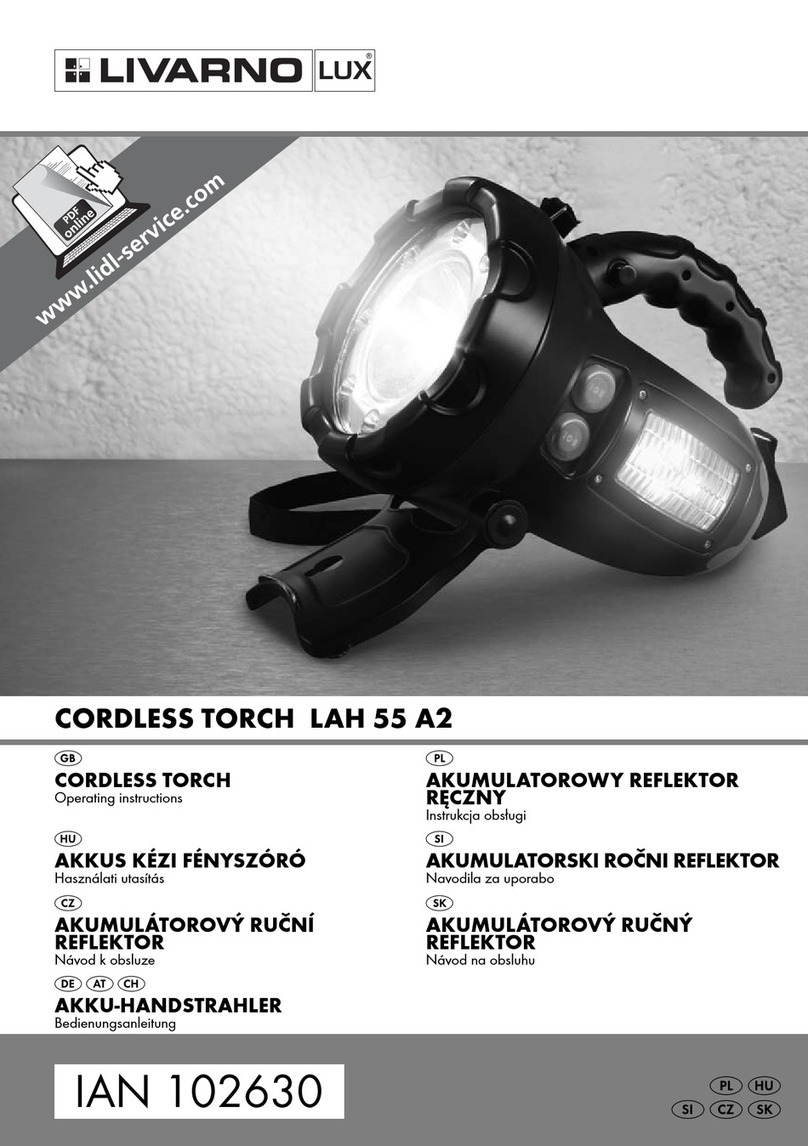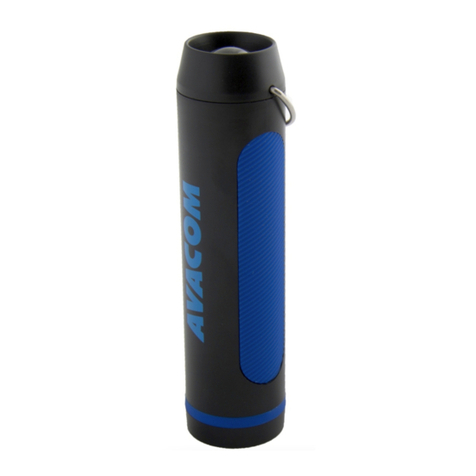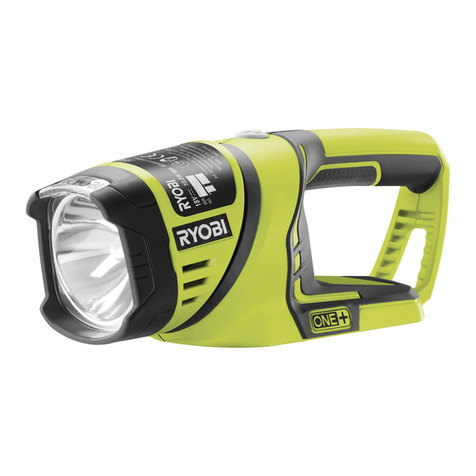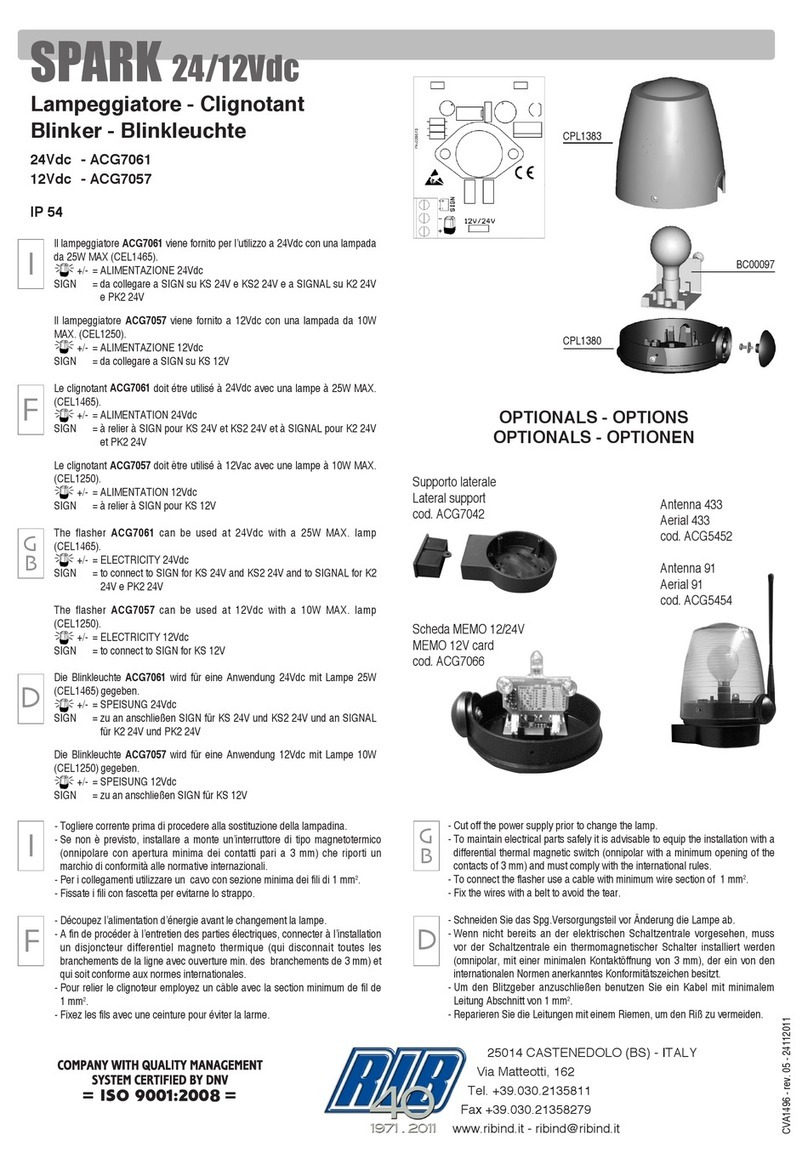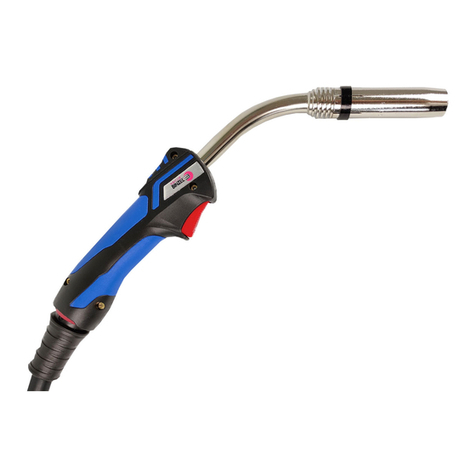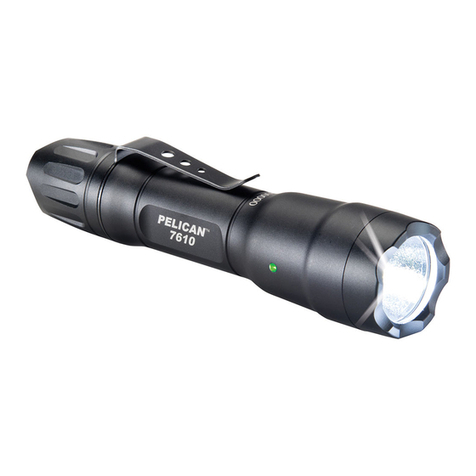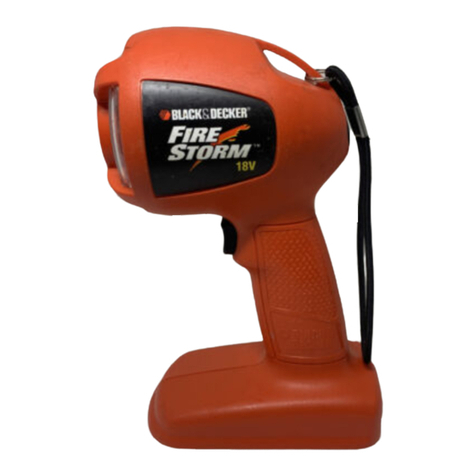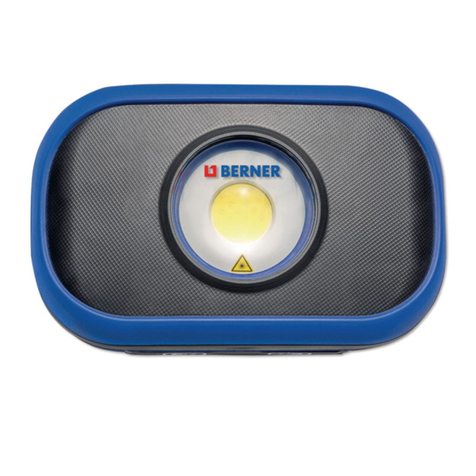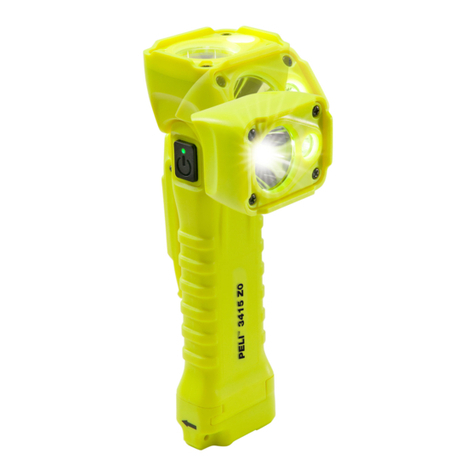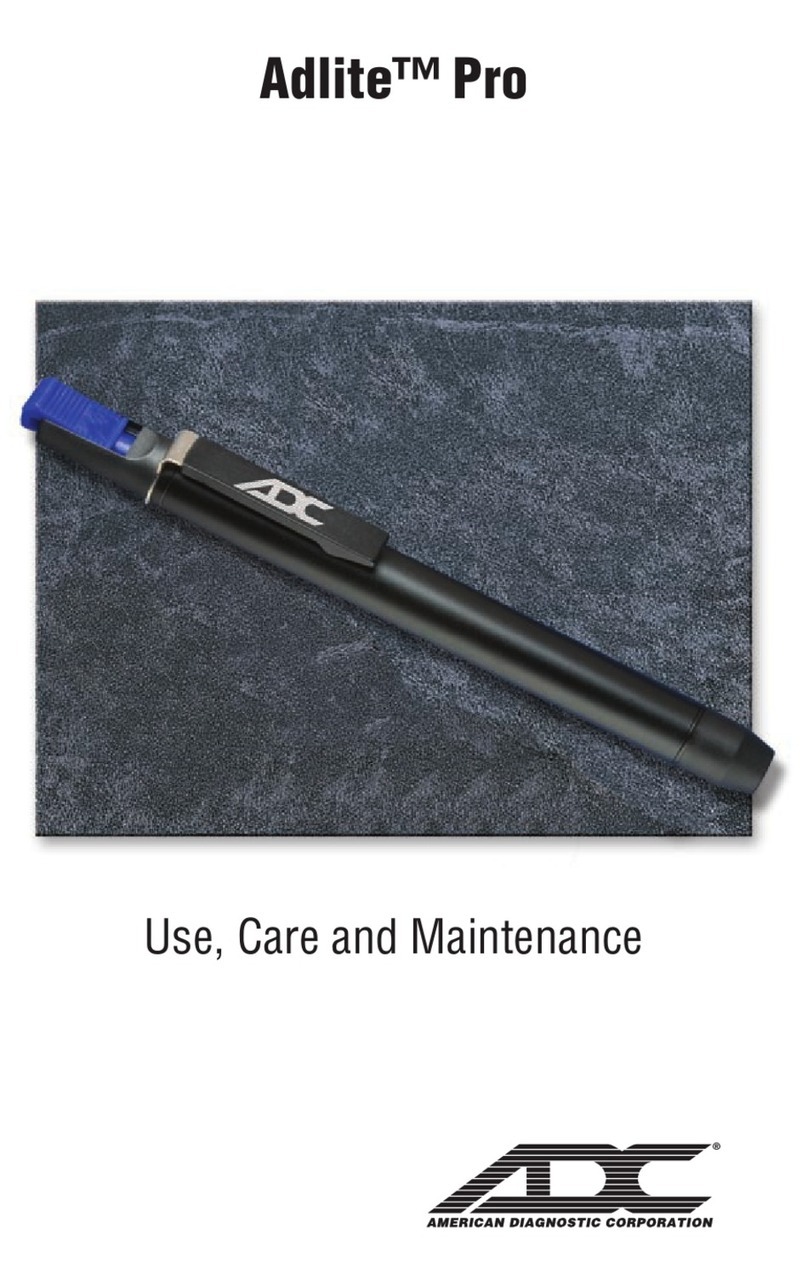
ASSEMBLY
KEEP THESE INSTRUCTIONS
• Before assembly, check all parts function correctly and are not damaged.
• Make sure valve is OFF by turning knob in direction of arrow until hand
tight only (a). DO NOT FORCE.
• Push the fuel cylinder firmly into the valve body (b) and turn clockwise until
hand tight (c). DO NOT FORCE.
LIGHTING
THE TORCH CAN BE LIT WITH
EITHER A MATCH OR A SPARK
LIGHTER
• To light with a match or naked
flame, hold as shown and open
the valve (a) slowly.
• To light with spark lighter, open
the valve (a) slowly before
sparking. Hold spark lighter at a
45° angle to the torch opening.
NOTE: It is very difficult to light with the
valve fully open.
• Do not open the valve and allow gas to flow through
the torch without attempting to ignite the torch.
• If ignition does not occur after approximately 20
seconds, close the valve and wait a few minutes
before attempting to ignite again. This will prevent a
build up of flammable gas in the air which could
easily ignite into a dangerous fireball.
• In cold weather the torch will be harder to light and
the size of the flame will be smaller. Pre-warming the
cylinder to room temperature will make the torch
easier to light and produce a larger flame.
• For the hottest, most efficient flame, adjust inner blue
flame to 40-50mm length.
STORAGE
REMOVE CYLINDER FROM TORCH WHEN NOT IN USE
• Turn the valve off.
• When the torch is cool, disconnect the cylinder and store the torch and
cylinder separately and out of reach of children. Observe cautions on
cylinder label.
• Do not store near any heat source or in a room used for habitation.
DISPOSAL OF CYLINDER
WHEN THE CYLINDER IS EMPTY
• Do not refill (it is illegal and unsafe). You will need to purchase a new one.
• Do not puncture or incinerate.
• Do not throw into a fire.
• Dispose of in a safe place where children can’t find it.
MAINTENANCE
WE RECOMMEND PERIODIC MAINTENANCE WHEN THE
TORCH IS USED REGULARLY
• Make sure the torch is cool before tightening or removing the burner head,
or before installing or removing accessories.
• Check all joints and couplings periodically to ensure there are no loose
connections. With valve open, without lighting, test all connections with
soapy water. If bubbles appear, gas is leaking and the torch must be
repaired. NEVER USE A FLAME TO CHECK FOR LEAKS. Make this test in a
well-ventilated and spark-free area, and where there are no open flames.
Newfield Group
42 Izone Drive, Rolleston, New Zealand
0800-600-789
www.perigas.co.nz
December 2018
USING
KEEP A FIRE EXTINGUISHER NEAR WHERE YOU ARE USING
THE TORCH AND WHERE YOU STORE THE TORCH
• Always use the torch in mainly an upright position. Tipping the gas cylinder
more than 60° from its upright position may cause the torch to flare. Never
use upside down. If the torch is moved rapidly, tilted too far to the side or
upside down, propane liquid can enter the valve and cause the flame to
flare or extinguish.
• Always point the torch flame away from your body, and never towards other
persons or any object that is flammable.
• Be aware that the tip of the torch can get extremely hot during use.
• Always make certain the torch is placed on a level surface when connected
to a gas cylinder to reduce the risk of accidental tip over.
• Never leave the torch unattended when lit.
• Disconnect the torch from the cylinder when not in use.
ON
OFF
(a)
(b)
(c)
(a)
TROUBLESHOOTING
MY GAS TORCH DOESN’T BURN HOT ENOUGH
• Check that the gas bottle is not getting low.
• Adjust inner blue flame to 40-50mm length using the Flame Control Valve.
MY GAS TORCH WON’T IGNITE
• Check that the gas bottle is not empty.
• Ensure the Flame Control Valve is turned on full to allow maximum gas
before igniting.
